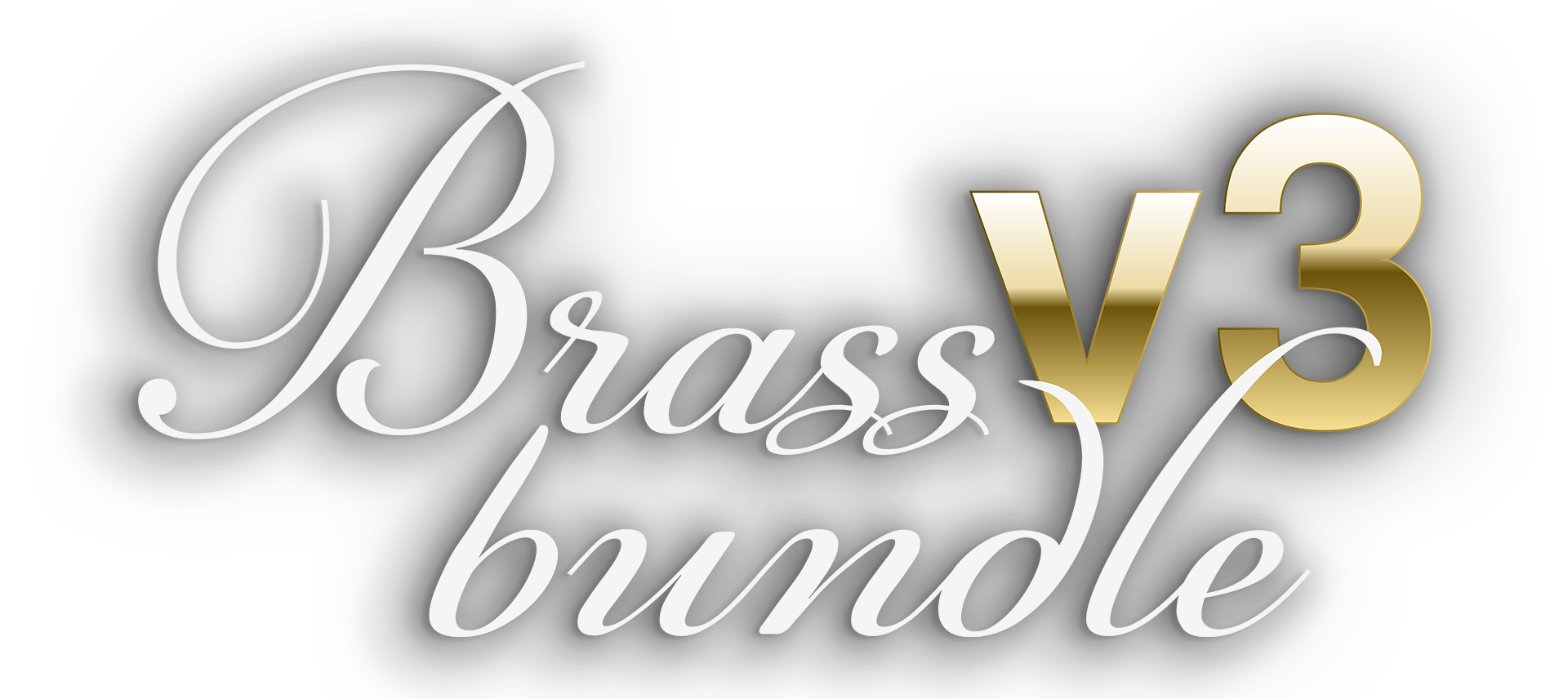

Windows 7 or later, 32 or 64 bit
Intel or Apple Silicon, OS X 10.8 or later.
Introducing the Brass Bundle v3: a complete collection of all solo Brass virtual instruments created by Samplemodeling over the years, included in one package at a special price. The bundle contains The Trumpet v3, The trombone v3 and French Horn & Tuba v3

With an extensive range of adjustable parameters, Samplemodeling Brass Bundle stands out as the most versatile brass package on the market, offering unparalleled control and customization.

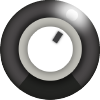


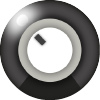









Sample libraries typically employ several pre-recorded dynamic layers, utilizing cross-fades and volume matching techniques.
Samplemodeling proprietary “Harmonic Alignment” technology allows continuous transition across the dynamics without any side effects.


No pre-recorded articulations as in conventional libraries. You’ll be able to recreate virtually infinite types of articulations by the interaction of key velocity, expression controller, pitchwheel and modwheel, plus some additional MIDI CCs for special effects.





Experience the iconic 20th Century Fox Fanfare performed with Samplemodeling Full Brass. Watch as Mark’s mockup delivers powerful, full brass rendition, re-creating the classic intro.
– Samplemodeling Brass (added csb horns for more thickness)
– spitfire symphonic woodwinds
– orchestral tools berlin strings
Sample Modeling Brass + Infinite Brass – A Marvelous Combination (Superman Theme). Video Created by Leandro Gardini, all rights Reserved.
Composed and performed by Maciej Mulawa. The pertinent MIDI files (trumpets only) are available in the downloads section.
Brad Edwards’ octet “BoneWeek Fanfare III”, performed entirely by midi keyboard and Sample Modeling’s The Trombone. Additional software includes Cakewalk Sonar, ValhallaDSP’s ValhallaRoom, and Parallax-Audio’s Virtual Sound Stage. Created by oceanic714, all rights reserved.

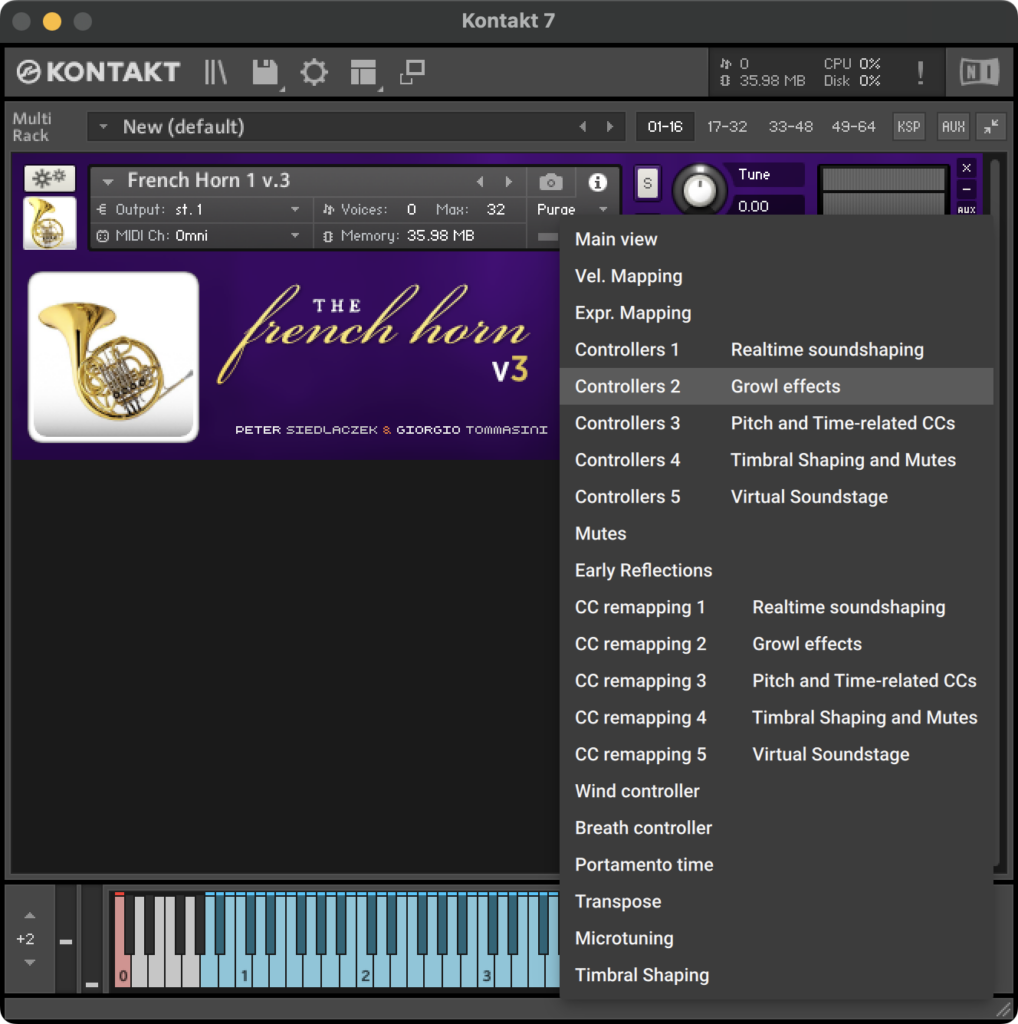

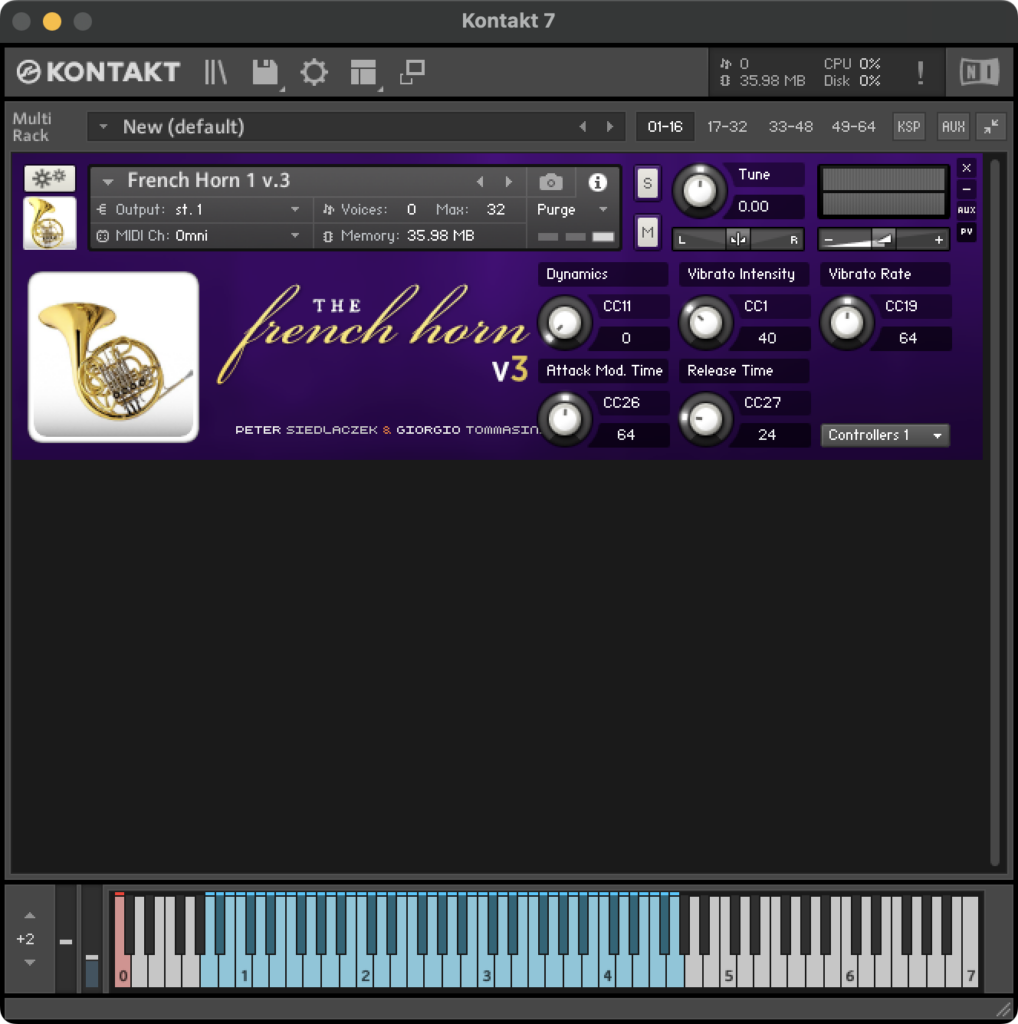







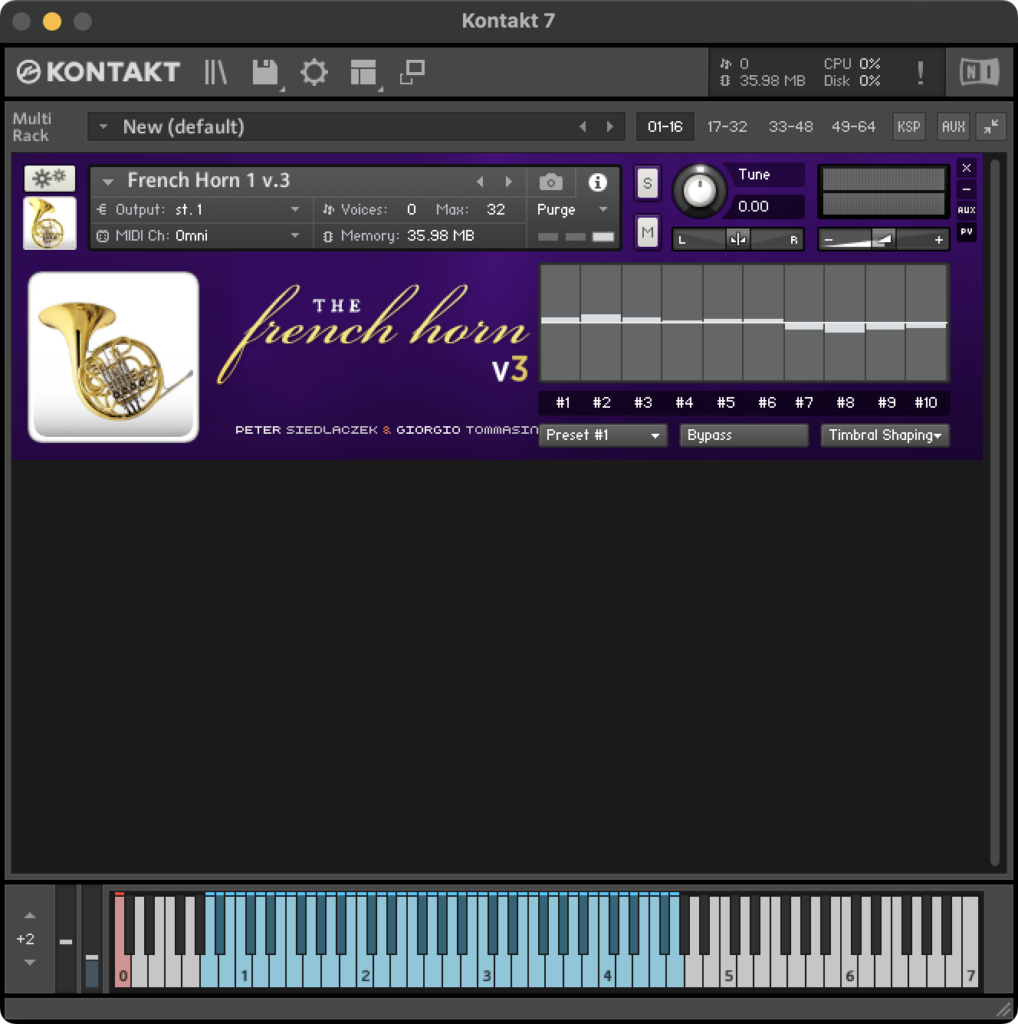



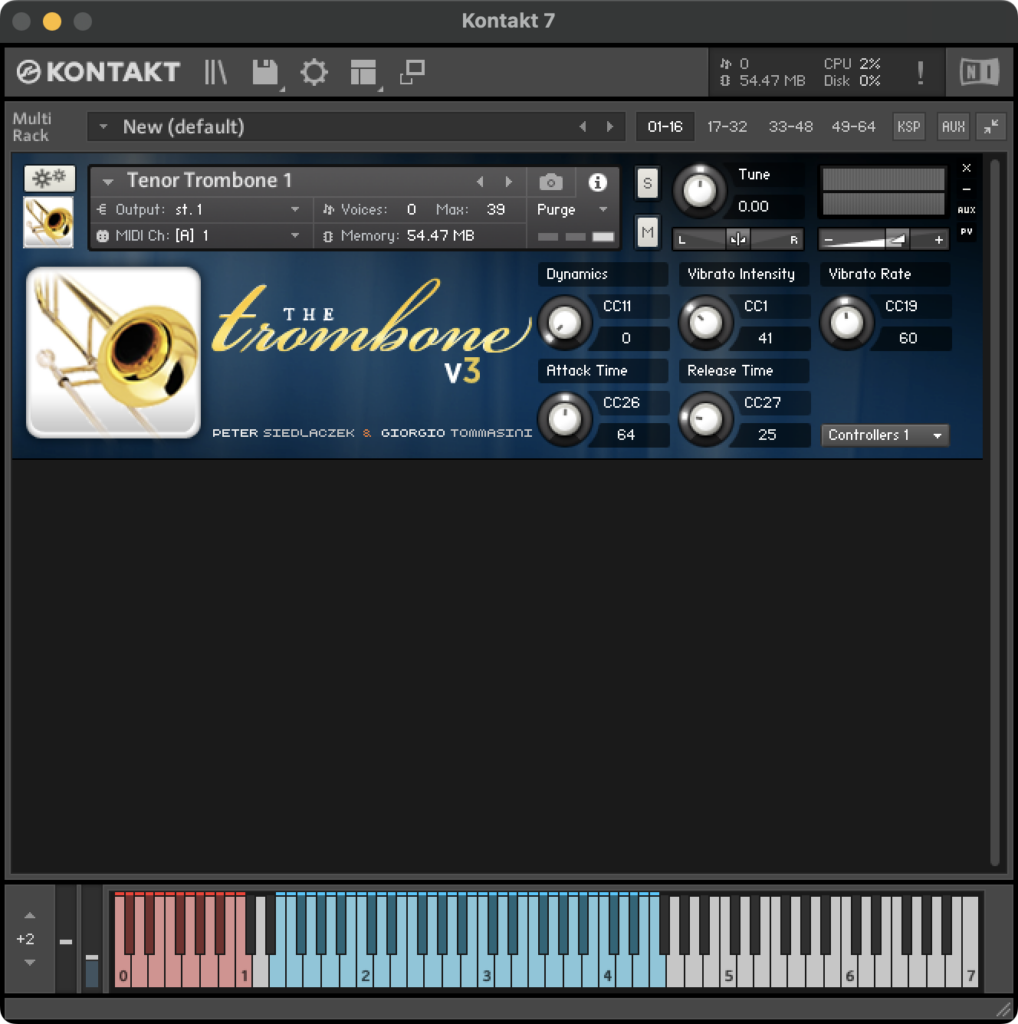


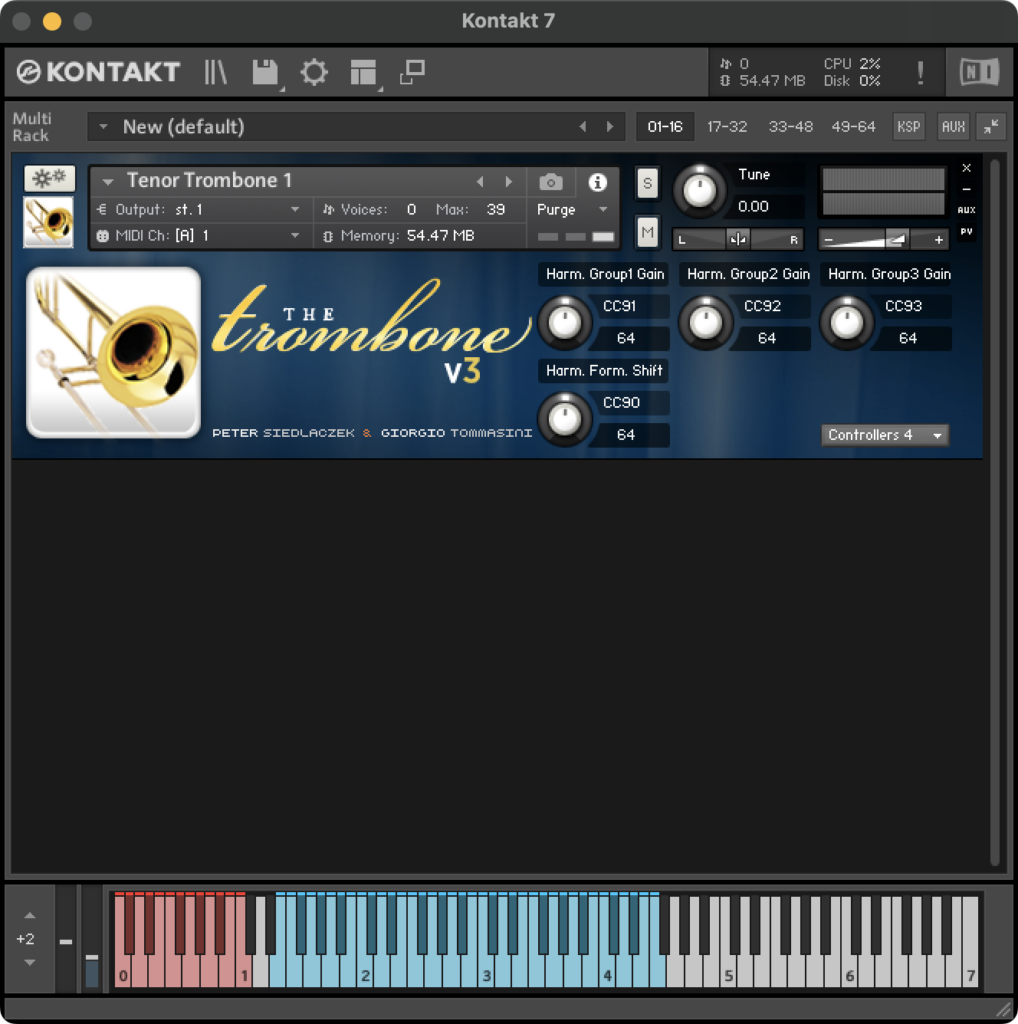
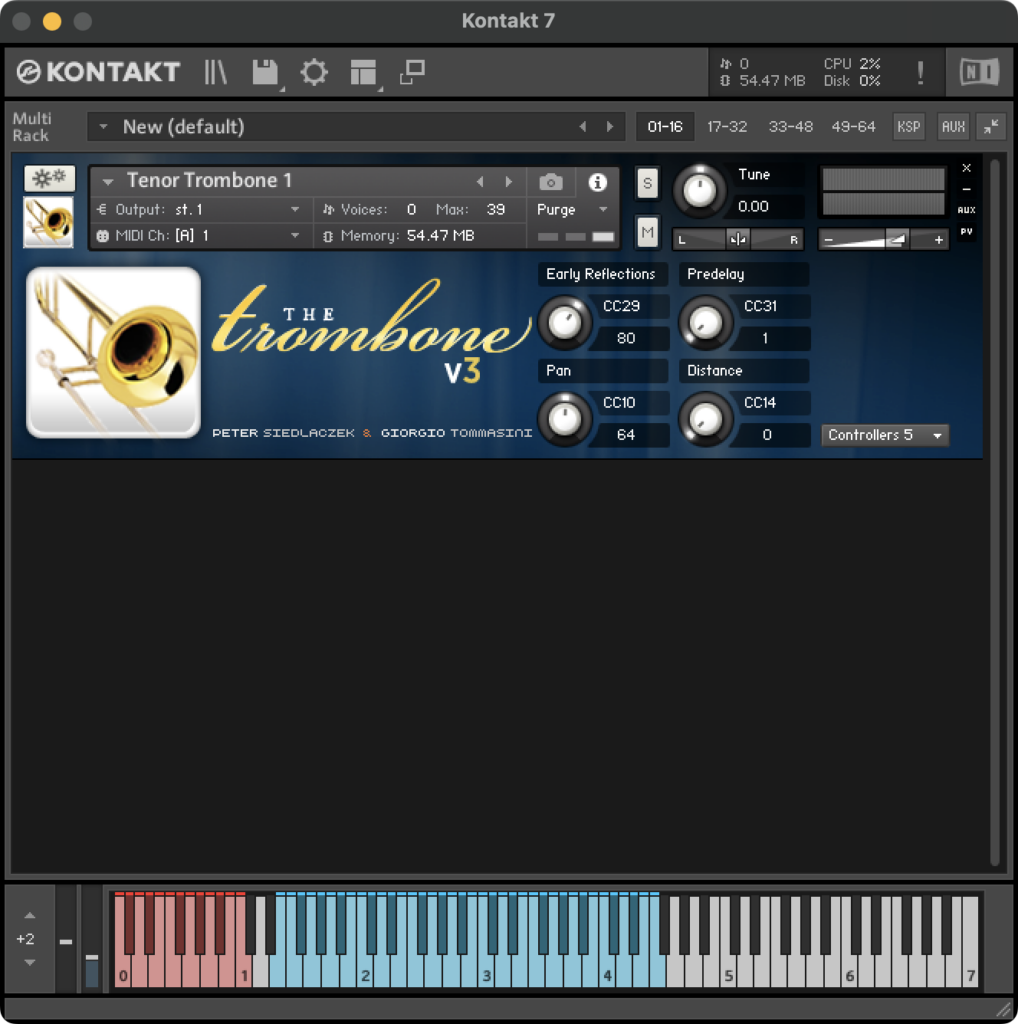
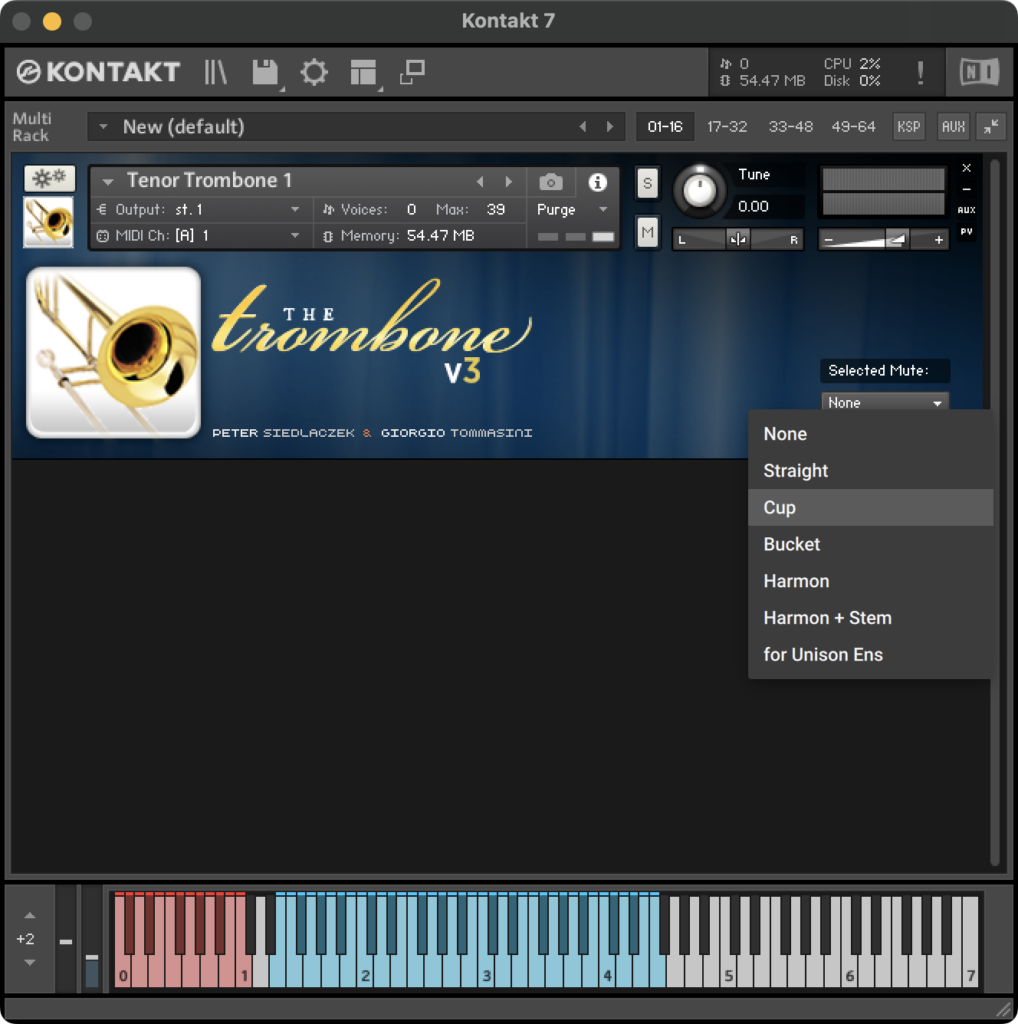
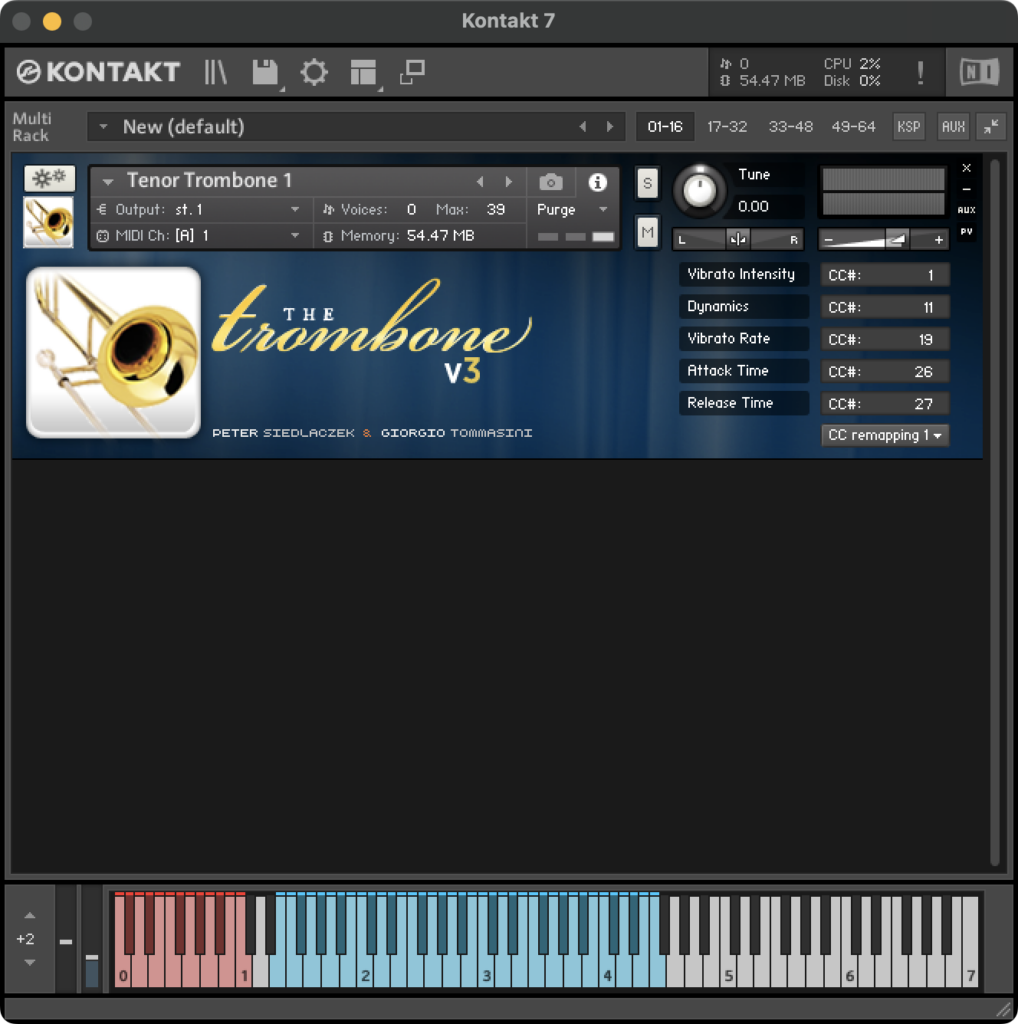


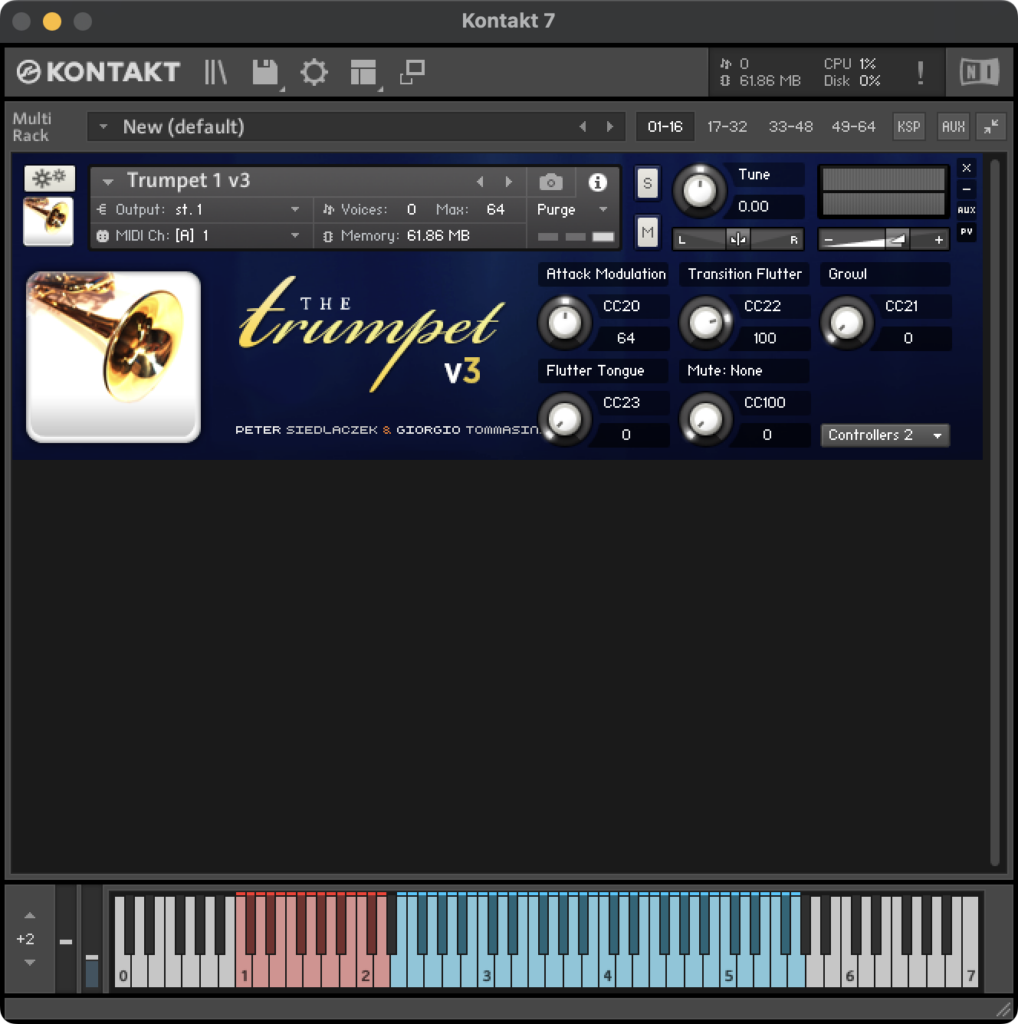

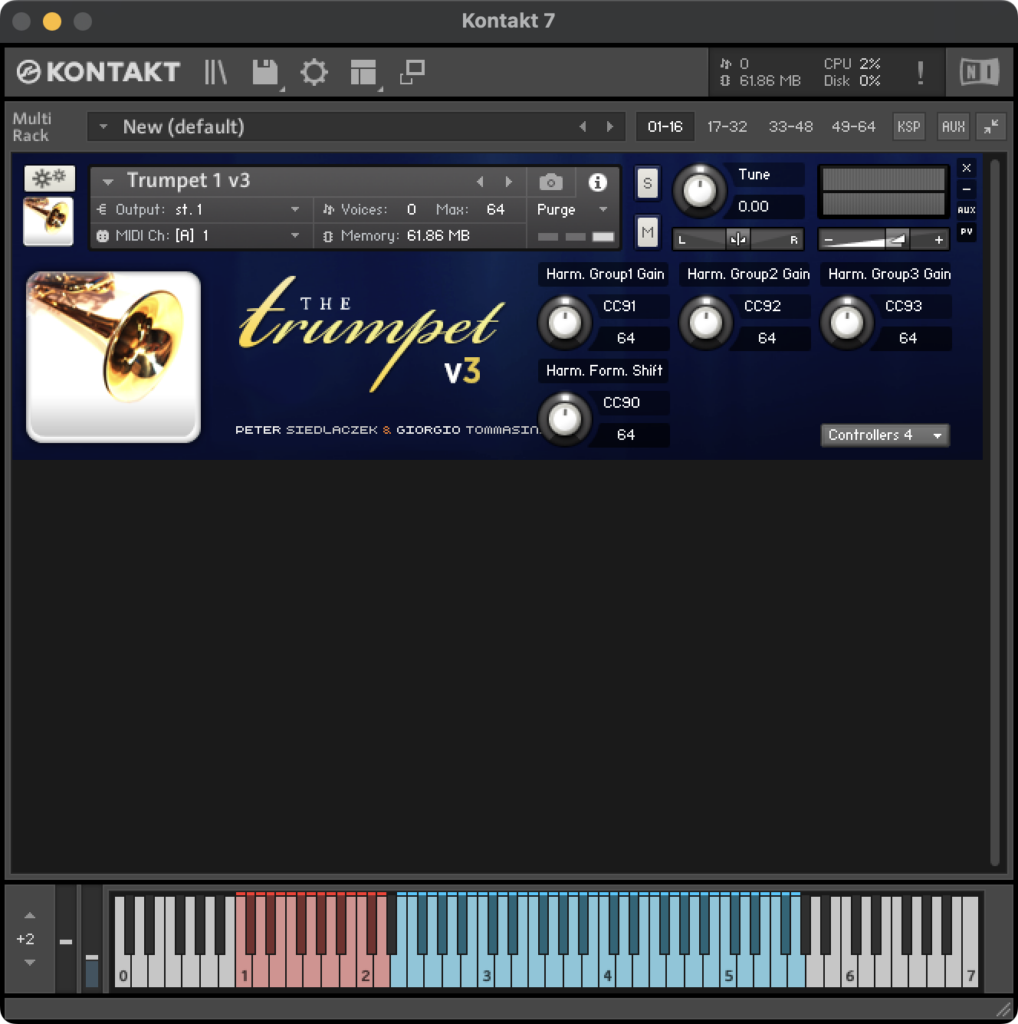

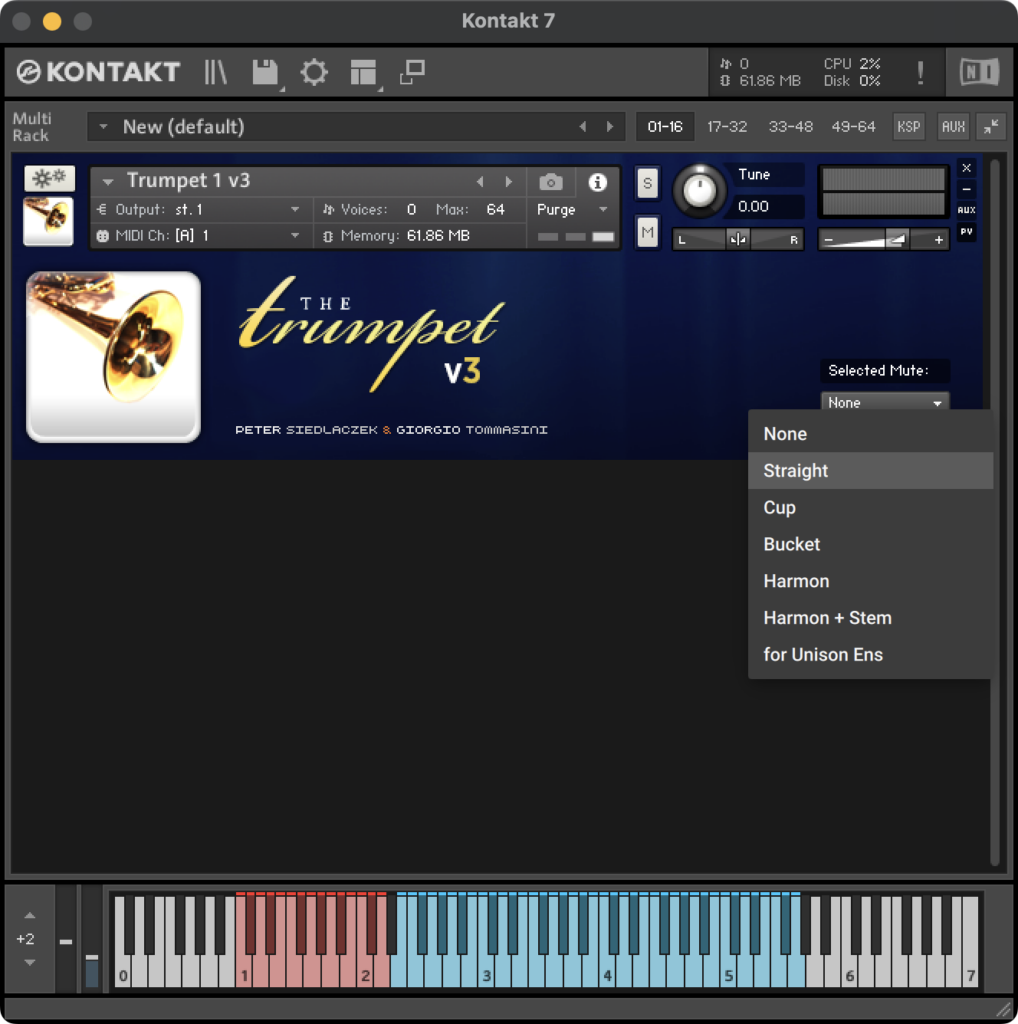

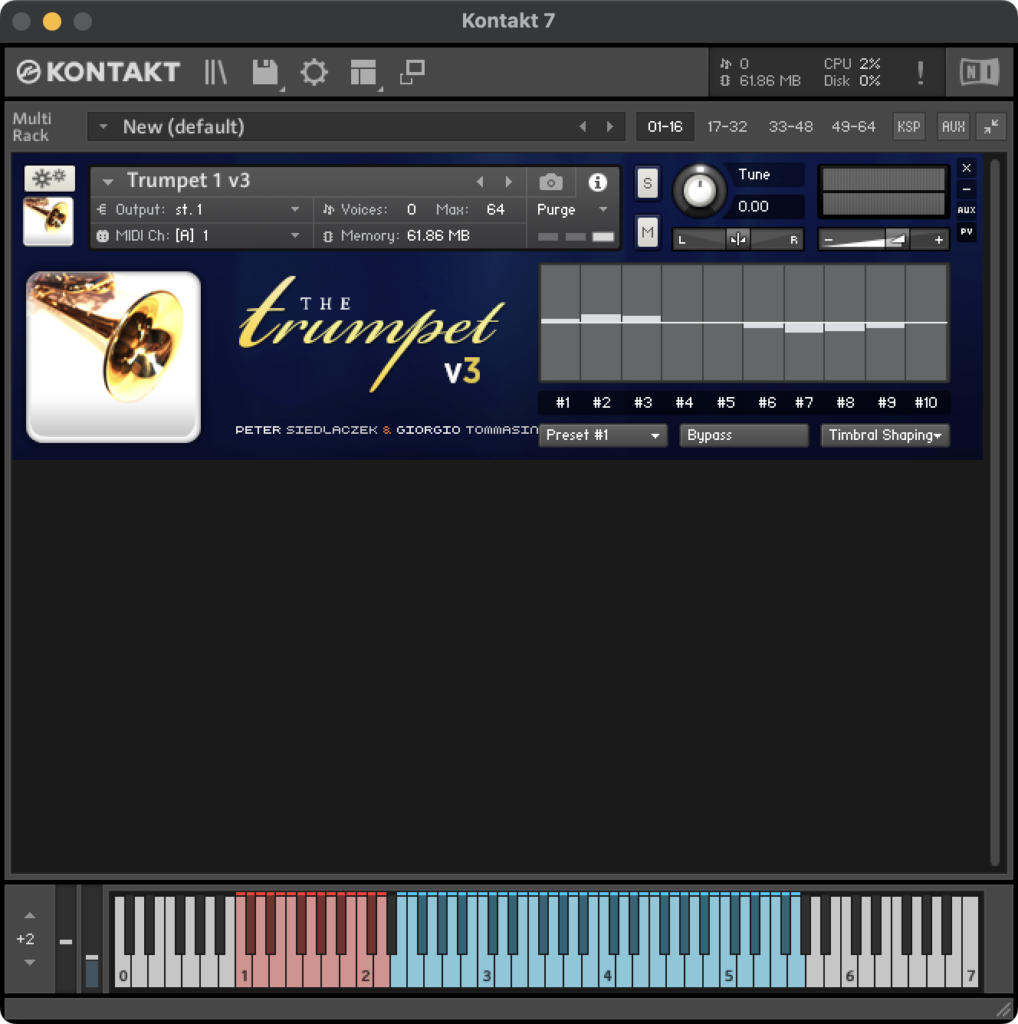

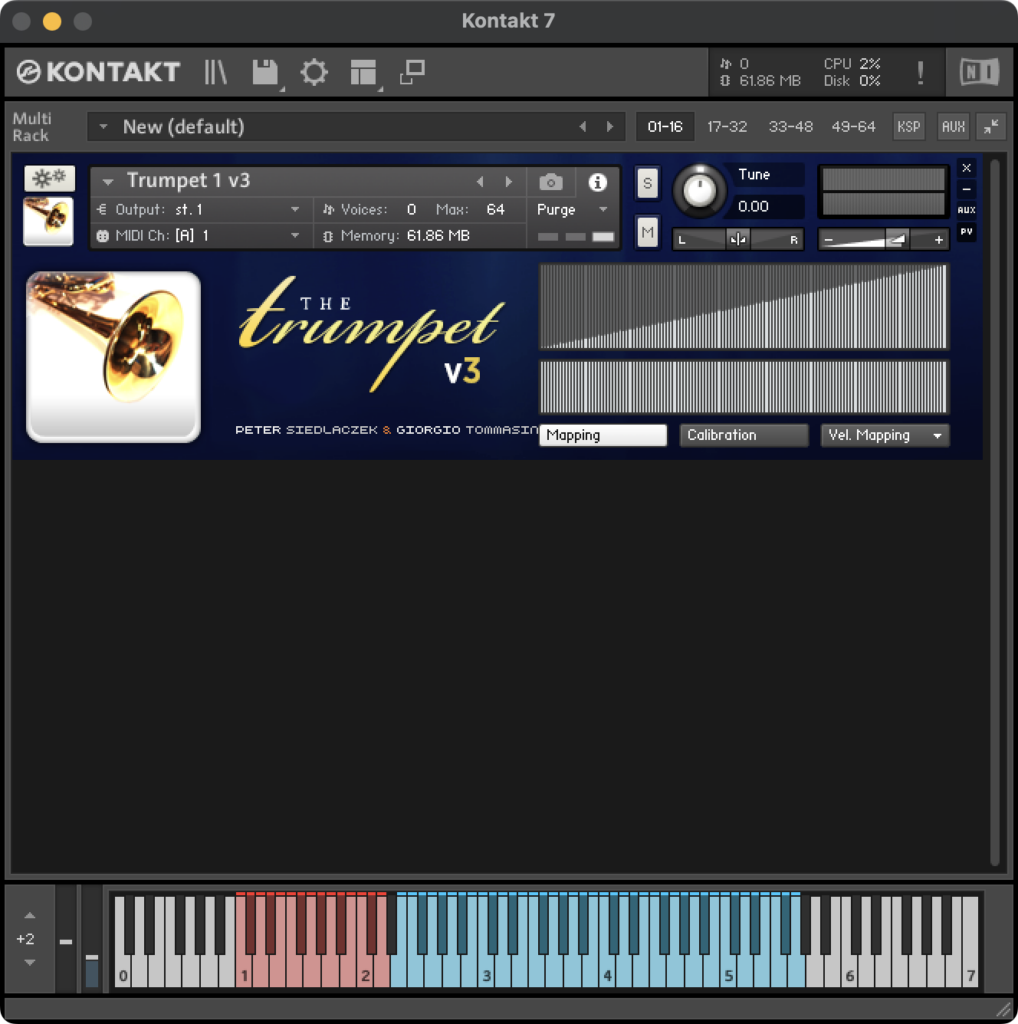


The Brass Bundle v3 further expands Samplemodeling™ technologies. Multi-microphone anechoic recording allows to capture the original timbre of the instruments, along with their radiation pattern. Our proprietary “Harmonic Alignment” yields continuous transitions across virtually infinite dynamics. Specially devised “early reflections” impulse responses add a virtual space to the anechoic sound, greatly contributing to realism. New, patent-pending technology allows to vary the perceived size of the ensemble in a continuous manner. The programming moves further away from conventional libraries, by exploiting physically-oriented modulation of the recorded sound. The result is a playable and highly expressive virtual instrument that retains the rich, full sound of real brass. The package includes The Trumpet 3, The Trombone 3 and French Horns & Tuba 3. The Brass engine is structured according to an adaptive model, based on the performance “fingerprints” of the real instruments. The purpose of the model is to minimize the differences between real phrases and those played by the virtual instruments. Proprietary instrument body IRs, innovative techniques for sample modulation and advanced artificial intelligence MIDI processing are used for real-time construction of all articulations and morphing across dynamics, vibrato, legato, portamento, cross-string, portato, trills, tremolo, staccato, pizzicato, col legno, harmonics and so forth. Pseudo-random detuning and pitch & dynamics modulation, based on real performance-derived trends, is another outstanding feature of Samplemodeling Brass, adding further realism.
Windows 7 or later, 32 or 64 bit
Intel or Apple Silicon, OS X 10.8 or later.
Samplemodeling is the first company ever to have combined the real samples as a sound source and advanced proprietary modeling techniques to shape the behaviour of the instruments in real time.
Samplemodeling Solo Strings, like all the other samplemodeling instruments, have virtually infinite layers of sound. It’s able to accurately reproduce the timbral evolution from very soft to very loud playing, modulating dynamics with continuous, step-less transitions from Pianissimo to Fortissimo. The instrument aims to give freedom to the user’s musicality, so there’s a focus on the playability and the response.
We warmly recommend using a MIDI controller to shape the dynamics in real time during your performance, may it be the modulation wheel, X-Y pad, breath controller, expression pedal or any other.
If you don’t have any controller, don’t worry. The instrument is anyway designed to help the user achieve an ideal performance just with a keyboard or the piano-roll only.
Vibrato is undoubtedly an essentials element for the realism of your musical lines. Samplemodeling vibrato is by far the most manageable existing vibrato, since it does not start from multiple static recordings but from real-time modeling of the sample.
The vibrato of a real string instrument has a very complex “anatomy” which can be described as a modulation of pitch, intensity and timbre. Also, vibrato intensity and frequency slightly vary over time. Our virtual trumpet creates a realistic vibrato by reproducing these subtle variations by advanced AI (Artificial Intelligence) techniques.
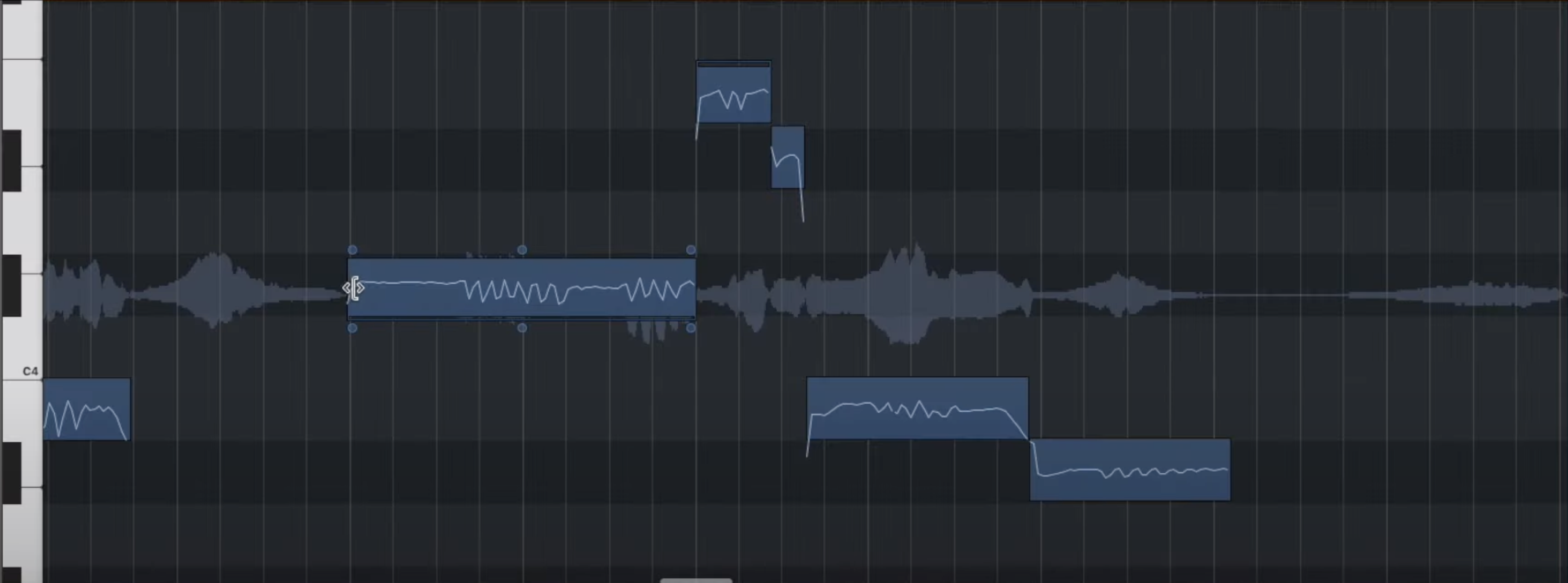
You can exploit the extremely realistic vibrato created by the instrument by adjusting its intensity, with MIDI CC#1. The algorithms will automatically manage, pitch, intensity, harmonic and timbre variation based on deep analysis of real performances, according to the inserted CC#1. If you desire, you can manually change the rate by controlling and automating the parameter (CC#19) Vibrato Rate.
For more plug-&-play users, the instrument gives the option of exploiting an automatic vibrato, selecting before the performance the desired maximum intensity, rate and delay time.
For those who want to manually control everything and exploit the extreme flexibility of the instrument, Samplemodeling instruments can be used without any algorithmic “help” and perform your vibrato directly with a controller (i.e. MIDI ring, pitch bend, Leap motion…)
The package includes all the instruments featured in The Trumpet 3, The Trombone 3, and French Horn & Tuba, including:
Solo Bb Trumpet
Trumpet 2
Trumpet 3
Flügelhorn
German Trumpet
Cornet
Piccolo Trumpet
Unison Ensemble Multi with three B♭ Trumpets
The Trombone Instruments:
Solo Tenor Trombone
Trombones 2
Trombone 3
Valve Trombone
Bass Trombone
Unison Ensemble Multi with three Tenor Trombones
Solo Horn (“French Horn”)
French Horn 2
French Horn 3
French Horn 4
Four additional French Horns for Unison Ensemble
Tuba/Contrabass Tuba
Each instrument comes with an extensive collection of samples meticulously performed by professional musicians, covering a wide dynamic range. The innovative adaptive model minimizes the gap between virtual and real performances. These instruments feature unlooped samples and advanced techniques for modulation, along with AI-driven MIDI processing. You’ll have access to a plethora of articulations, including dynamic transitions, vibrato, legato, portamento, trills, vibrato-like endings, shakes, and more. Additionally, enjoy the realism of pseudo-random detuning based on actual performance-derived pitch trends. These instruments can be controlled using MIDI controllers or a keyboard interface for precise and expressive music creation.
Despite its structural complexity, these instruments are very intuitive and easy to play.
Samplemodeling Brass do not use pre-recorded articulations, and shaping the sound is the task of the player, carried out by proper use of a few midi controllers. However, extensive use of advanced Artificial Intelligence (AI) techniques greatly facilitates this task.
Our revolutionary “Adaptive Model” approach acts by minimizing the differences with the real instrument, whatever articulation or phrase you play. You can therefore concentrate on creating music, rather than mastering complex sample bank management. Nevertheless, thorough knowledge of the controllers and the keyswitches, and some practice are certainly needed to get virtuoso effects.
Before starting to play, please make sure your expression pedal (or breath controller) is connected to the keyboard and properly mapped to CC11 (or CC2).
Detached (non legato), is a note separated from the previous one by some amount of time. They consist of an attack, a sustain, and a release phase.
The type of the attack depends on the interaction between note-on velocity, CC38 and CC11. As a general rule, the higher the velocity and/or CC38, the more “punchy” the attack. However, a much more sophisticated approach, linked to CC25, as described above in “The Controllers and their function”, page 16, allows the player to shape virtually any attack from a crescendo (low key 35 velocity), a neutral attack (medium velocity), to a sforzato effect (high velocity). The duration of the attack phase depends on the velocity and on CC26 and CC27. The dynamics of the sustain phase is entirely under control of CC11. You may continuously morph from pp to ff by acting on your expression pedal, breath controller, or other expression devices.
Legato notes are not separated, but rather connected to the previous note by some form of transition. The transition time (and type) between subsequent notes represents one of the most important elements of expression. If it’s short, it is usually named legato. If it exceeds a certain time, the transition may “carry” from one note to another by a slide, which is called “portamento”.
Getting a legato or portamento with our virtual strings is actually very easy. You only need to overlap subsequent notes with the appropriate note-on velocity.
The duration of legato/portamento ranges from 30 ms to about 1 sec., depending on the velocity of the overlapped note, the played interval and CC26. Higher values of the latter lead to longer portamento durations. Normal legato is obtained with velocities ranging from 70 to 90. Lower velocities lead to a softer transition. The lowest velocities introduce the portamento effect. Portamento may be interrupted by overlapping a new note. Bichord portamentos are also possible when a first bichord is followed by a second one played with overlapped notes.
Please note: very low velocities (below 10), which may be necessary for longer portamentos, might be difficult to play on some keyboards, so the proper calibration of the velocity response of your keyboard may be very helpful. Under these circumstances we strongly recommend using our velocity remapping tool. Please refer to the Menu description above for more details.
Some hosts or controllers (e.g. notation programs or wind controllers) may represent legato as a series of non-overlapping notes, though very close to each other. In this case our instruments will interpret and play such notes as legato. Since the time resolution of our scripts is 4 ms, the following rule applies: if the gap between the MIDI notes is below 4 ms, they will be played as if they were overlapped, i.e. legato. A distance larger than 4 ms will generate separated (non-legato) notes. Please note that changing the tempo of a sequence modifies the duration of the gap. In this case, to maintain the proper articulation, e.g. legato vs. non-legato, a correction of the gap would be required. For example: you created a MIDI sequence playing a series of notes. If the gap between the note-off and note-on of the subsequent note is always 5 ms or more, the notes will be played non- legato. Raising, however, the tempo will shorten the gap. If it gets below 4 ms, the notes will be played legato, hence the necessary correction. Gaps very close to 4 ms should be avoided, since they may randomly change between legato and non-legato.
Realistic trills, ornamentations and shakes can be obtained by simply playing them on a keyboard. However, a very helpful retrigger feature greatly facilitates this task: upon release of an overlapped note, the previous note will be played again (retriggered) if the key is still held down. So in order to play a trill, keep the initial note pressed while pressing and releasing the other note. Try different velocities, which noticeably determine the character of the trill/shake. This technique works also in more complex ornamentations using two or more overlapping notes. Typical trumpet shakes can be played either using the technique described above, or raising the ModWheel (CC1) to 110-127. In this latter case, a very realistic vibrato-to-shake transition will be obtained.
Open Strings and Low vs. High Positions
The instruments are programmed by default to play without open strings (except the lowest one). The keyswitch G# allows playing them (if the appropriate pitch is played). The instruments play in low positions by default. Higher positions (where possible) are activated by the keyswitch A#. Violin can play even higher positions, if the keyswitch C2 is activated.
These playing techniques provide a characteristic “dirty” sound, which is the result of a frequency modulation of the sound. The most common is “growling”, accomplished by singing a tone of a different pitch (vocalizing) while playing a note. The flutter-tongue (frullato) is accomplished by modulating the airflow: while playing a note, the trumpet player flutters his tongue making the typical “Frrrrr” – sound, similar to pronouncing a “rolling R”. “The Trumpet” uses 2 controllers to obtain growling and frullato effects: CC21 and CC23, where CC21 uses higher modulating frequency. To differentiate the results, they can be used separately or mixed in different proportions.
Falls are descending glissandos going to nowhere, i.e. they just fade out and do not stop on a particular note. If performed using only the half-valve sound, which is more suitable for longer falls, they sound smoother and softer. If a “punchy” or “sloppy” fall is needed, a series of notes (usually in f-ff) is played – either chromatic, or using any other – e.g. harmonic – series of notes. These articulations may be directly executed on the keyboard by skillful players. However, more conveniently, the same effect will be obtained by using dedicated keyswitches. For more details please refer to the “Performance Keyswitches” below.
This is a unique feature of the Trombone. Due to the presence of the slide, the trombone is one of the few wind instruments that can produce a true glissando up to six semitones. Though very difficult to obtain with a sample based instrument, the effect of the slide has been perfectly reproduced in our virtual trombone by a novel application of the “Harmonic Alignment” technology. Ultra-realistic slide effects can be obtained by proper use of the pitchbend, but are also automatically activated by overlapped legato. A continuous glissando effect will be obtained if the portamento interval is within +/- 3 semitones.
Mutes are devices affecting the timbre and/or volume of an instrument. The trumpet – like other brass instruments – uses a wide range of mutes: – the most common are Harmon (with or without stem), Straight, Cup, Plunger and Bucket. They are mostly cone-shaped and are inserted into the bell or simply held or clipped outside the bell. Depending on the shape or material (metal, wood, plastic) they may significantly vary the sound of the trumpet. The most common mutes are:
All these mutes are available for use with our trumpets. We used sophisticated technologies to capture the “fingerprints” of each mute, which were ultimately coded into a suitable impulse response (IR). The latter can be instantly loaded from a drop down menu of the graphical interface, or via MIDI, using CC100 (see MIDI-loadable mutes, page 15).
A real trumpet may play different types of legato/portamento, using either lips, valves, or a combination of the two. The sound is different, since a different harmonic resonance is excited. This is nicely reproduced by our adaptive model. One may choose to perform a continuous portamento over two octaves by simply overlapping two notes, to split it manually playing intermediate legato notes, or to split it automatically, exploiting the natural harmonic resonances of the instrument, by a keyswitch. One can also choose to perform chromatically-split portamento or realistic falls and doits.
With the velocity you can naturally handle the attack of the sound and shape the overlapped notes, triggering for example a legato, portamento or glissato transition. The instrument will help you with its complex internal or algorithms that control attack’s ramps, pitch and other aspects of the sound.
It is well known that midi keyboards have different and uneven velocity response, and this may heavily influence the performance of a virtual instrument. To obviate this problem, the instrument includes automatic detection of any velocity inhomogeneities or non-linearity of the keyboard, and provides automatic mapping to any desired curve.
NEW: Similarly, user-drawn rescaling of the expression controller allows better control of the dynamics, particularly with such input devices like breath and windcontrollers.
To our knowledge, The Trumpet, The Trombone and French Horn & Tuba are the only sample-based anechoic virtual instruments developed so far. The purpose of anechoic recording was threefold:
– avoid “contamination” of the pure trumpet sounds with the uncontrolled resonances of a particular ambience,
– allow artifact-free “harmonic alignment” processing
– provide clean articulations and phrases as a database to build the “adaptive model”.
The early reflections (ER) are those components of the emitted sound reaching the listener shortly after being reflected from the closest walls, floor and ceiling. They convey information about the spatial localizaton of the instrument, and greatly contribute to realism. In the Strings, a sophisticated algorithm extracts the directional information of multi-microphone anechoic recordings to recover the overall timbre of the instruments along with their radiation pattern, assembling this information into a suitable ER impulse response, which adds a virtual space to the anechoic sound.
This feature allows precise positioning of the instruments in a virtual space located before the listener, using early reflections, pre-delay, convoluted panning, stereo field width, and perceived distance algorithms. You can move your instruments back and forth, from side to side, or with a combination of the two, even in realtime, mimicking the natural movements of the player. You can modify the ratio direct/reflected sound, and even “displace” the back wall, for a variable depth effect. This virtual soundstage will set you free of adding a further suitable acoustic environment, without incurring multiple-ambience issues. This can be carried out within the same Kontakt Player, which provides a high quality convolution reverb.
Each instrument is equipped with a high quality convolution reverb, with several selectable IRs, ranging from a small chamber orchestra space to a large auditorium. The dry/wet ratio, IR length and predelay are under user’s control. This internal reverb permits to get a full realistic sound straight out-of-the-box. When set to zero, the internal convolution reverb is switched off, allowing the use of your preferred ambience setup.
Several playing techniques which can be applied to string instruments (e.g. pizzicato) and some articulations (e.g detaché) are easily recalled by using keyswitches (KS). These KS are placed immediately below the playing range of each instruments. By pressing a KS you can activate microtuning, pizzicato, col legno, harmonics, solo or poly (arpeggio) mode, detaché/bowchange, portato & tremolo, allow open strings and selecting low, middle and high playing position. All the KS are working in real time, either in momentary or latch mode.
Automatic velocity correction for uneven velocity response of the keyboard.
It is well known that MIDI keyboards have different and uneven velocity response, and this may heavily influence the performance of a virtual instrument. To obviate this problem, the instruments includes automatic detection of any velocity inhomogeneities or non-linearity of the keyboard, and provide automatic rescaling to any desired curve.
All the controllers needed for proper functioning of the instrument are mapped to virtual knobs in six GUI panels, which can be activated by a drop down menu. The function of each controller is indicated by the associated label. The virtual knobs permit to monitor the incoming midi data, but can also be used to directly control the instrument. This allows users of keyboards without physical MIDI controllers or knobs, to explore the expressive capabilities of The Strings. Additionally, all the controllers, plus the aftertouch, can be remapped to any other MIDI CC.
Playing Solo Strings with either a keyboard plus breath controller (e.g.TEControl), or directly with a windcontroller (e.g. Yamaha or Akai) is very easy. Breath & Windcontroller modes automatically set proper CC settings, enable triggering of note-on and off by the expression data flow, optimize the bite–to-pitch response for the individual WC, etc. A sensitivity knob allows to cope with virtually any input device.
All samples in The Trumpet are mapped according to standard MIDI note numbers. This is very convenient when using a sequencer or a large keyboard. Conversely, users of small keyboards might take advantage of transposition to conveniently exploit the full range of the instrument. The Transpose knob greatly facilitates this task, by transposing keys and keyswitches at the same time, without the need to bother with keyboard programming.
Another important feature is microtuning, coping with the requirements of musicians using non-tempered scales, as in Middle Eastern and Asian music. Our approach to microtuning yields maximal flexibility, allowing user-defined scales, where the extent of detuning (range +60/-60 cents) can be precisely set for each note by means of a series of bars. The scale can be saved as a preset and recalled by dedicated keyswitches.
This revolutionary new feature adds a virtually infinite timbral variety to sample-based instruments, by acting on the amplitude of individual harmonics, or groups of harmonics, even in real time. This is not a graphic equalizer; the controlling bars are not assigned to fixed frequencies, but to the first 10 harmonics of the played note. As a consequence, the affected frequencies vary with the pitch of the note. So, rising, for example, bar #1 will boost the fundamental frequency (first harmonic) of each note played, yielding a rounder sound. Rising bars #3, #4, #5 will increase the intensity of the corresponding harmonics for a more “nasal” sound, etc.
Special consideration has been given to creation of realistic ensembles from solo instruments, whether driven from separate MIDI tracks, or when playing unison. An advanced “ensemble maker” has been developed, affecting timing, static and dynamic pitch evolution, phase, response to dynamics, pitchbend, velocity, portamento time, in such a way that even if driven from a single MIDI source, each instrument will sound as if played by a different musician. A ready-to-use Multi, including three specially devised trumpets, the ensemble maker, and an appropriate convolution reverb, suitable for unison playing straight out of the box, is included in the package.
Operating Systems:
PC: Windows 7 or later, 32 or 64 bit
Mac: Intel or Apple Silicon, OS X 10.8 or later.
Storage/Ram:
Samplemodeling instruments have low RAM and storage requirements thanks to their innovative algorithmic modeling, which generates realistic sounds without storing extensive audio data. This reduces system load, enabling a smooth and efficient music-making experience.
CPU:
Samplemodeling Virtual Instruments provide unprecedented realism and expressiveness but require an up-to-date CPU. A modern PC or Mac with at least 1.6 GHz is required.
Software:
Kontakt Player (free) is required to run Samplemodeling Virtual Instruments

|
Bundle Name
|
|---|

© 2007/2023 Samplemodeling TM
Adding {{itemName}} to cart
Added {{itemName}} to cart